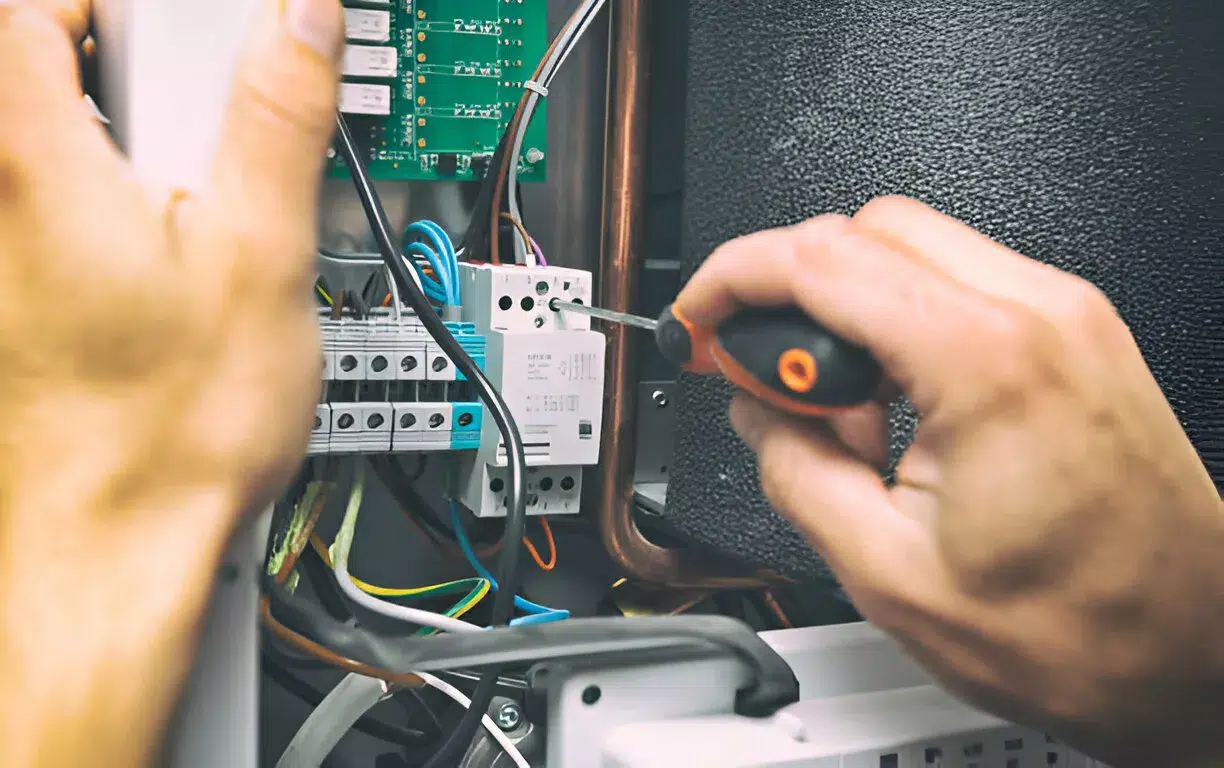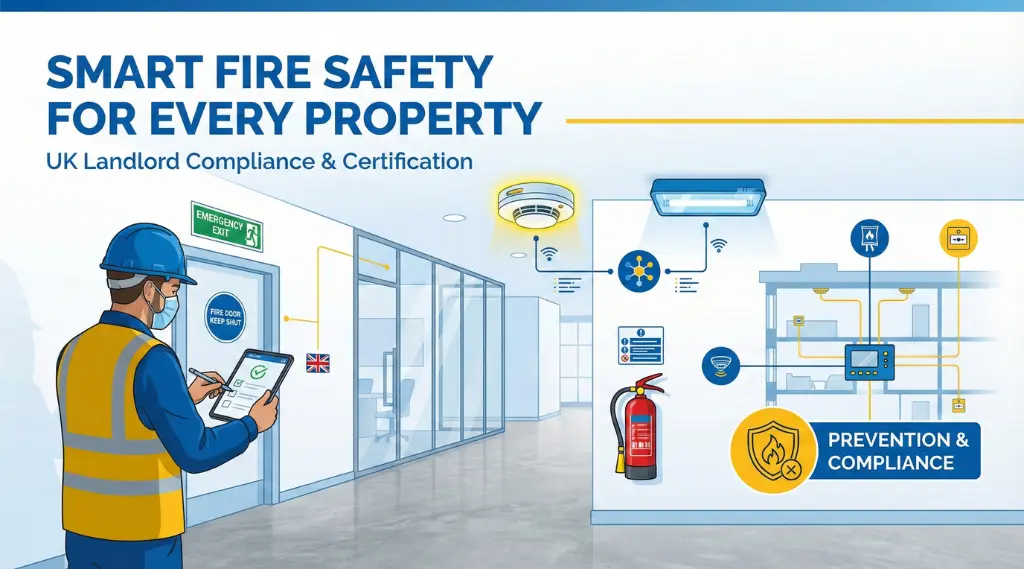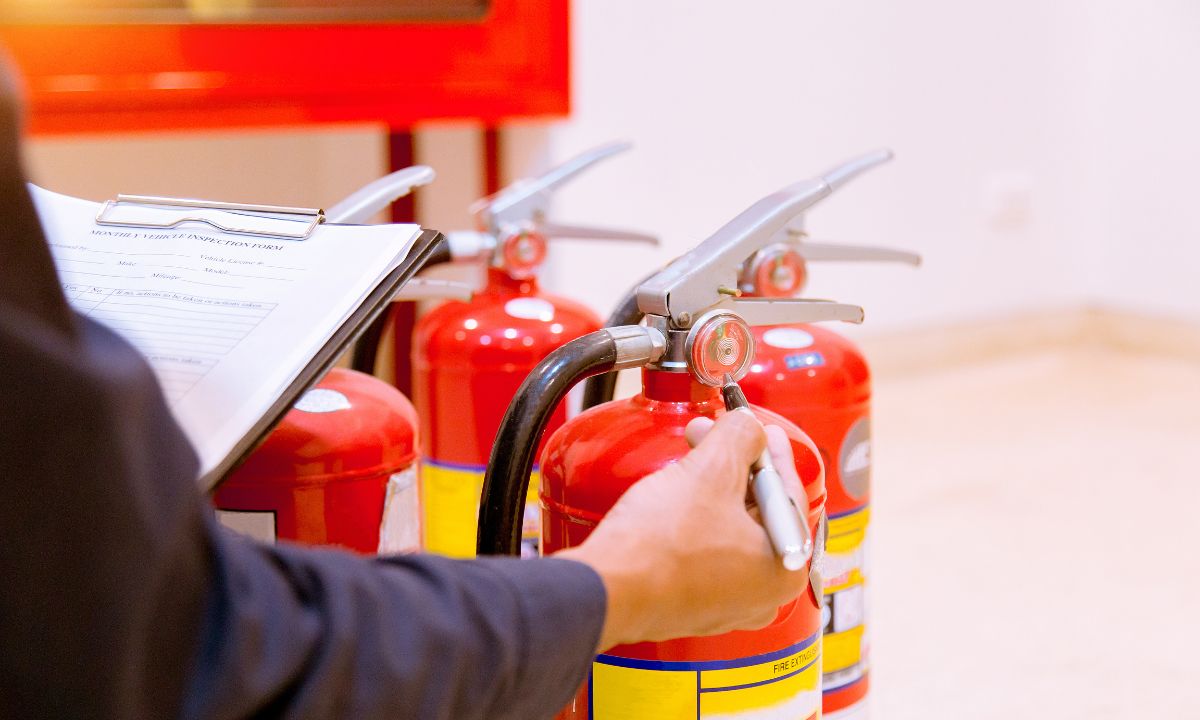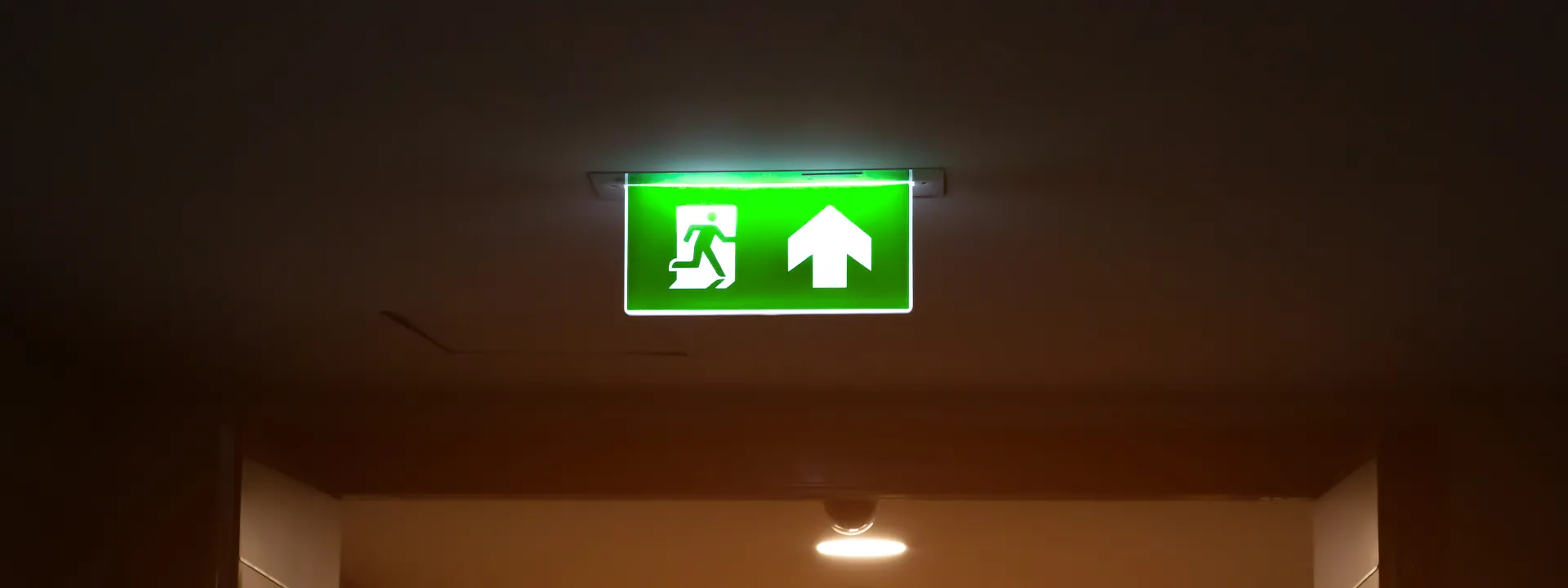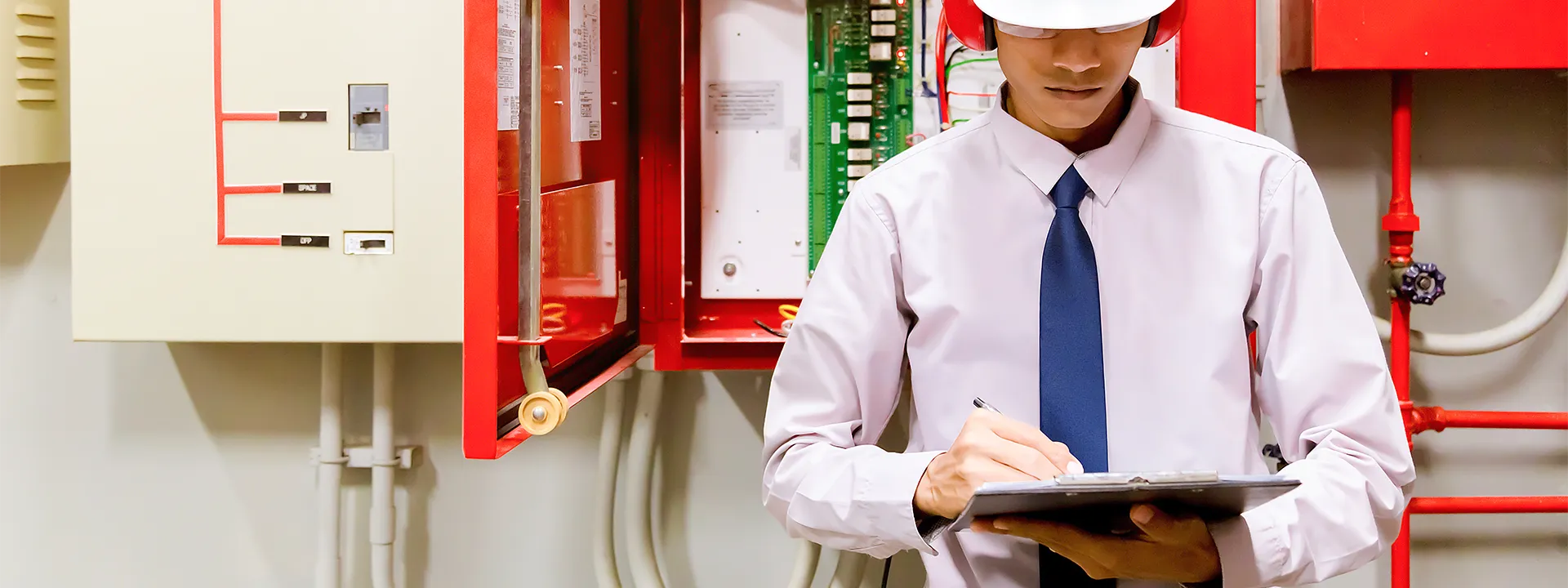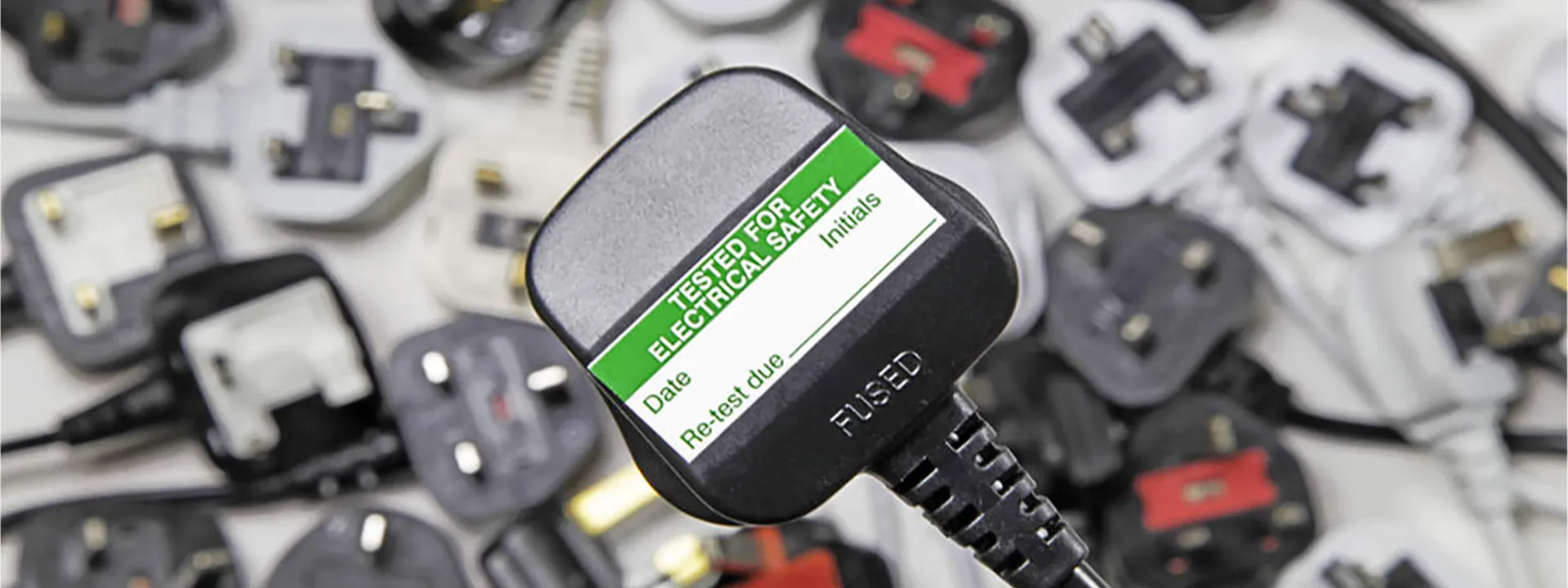The fixed wire safety of a property is checked, and the findings are documented in an Electrical Installation Condition Report (EICR). This report has also been referred to as the ‘Landlord Safety Test or the Homebuyers Test’.
These tests are carried out by qualified electricians with due consideration of the laid-down procedures. For your home, we recommend you get an EICR inspection at least once every 10 years. For rental properties, one should be carried out every 5 years or if there is a change of tenancy.
The main reason for an EICR is to assure the safety of the inhabitants and to make sure that they are in no way at risk of being electrocuted or having a fire breakout in the house.
n this all-encompassing guide, we’re going to discuss the EICR inspection guidelines for London residents and how to complete an electrical condition report for a property in London. We will also describe how an individual trusted professional can assure that your EICR is carried out with professional diligence, make sure that your property is safe, and that you can trust the result.
The EICR Inspection Process
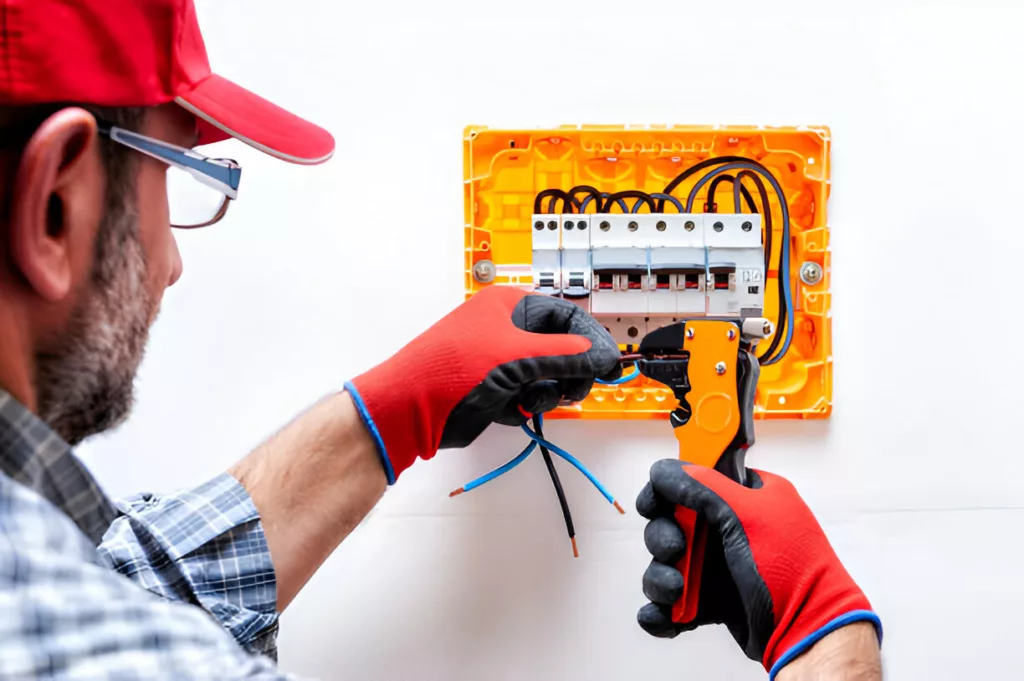
The EICR test means that a certified electrician will conduct a thorough investigation of the electrical system of the house to identify possible dangers, faulty alignments, or other contraventions of the safety standards. The inspection process typically involves:
Visual Inspection
The electrician will start carrying out a simple observation of the electrical installation to determine which aspect has been affected or damaged, or if it is the sockets, cables, or switches.
Testing
To do this, the electrician will undertake several more high-intensity tests to check not only the safety but also the performance of the given electrical condition The main aspects dealt with by these tests are the status of the wiring, the performance of earthing and bonding, the condition of the circuits, and the operating efficiency of protection apparatus such as circuit breakers and residual current devices (RCDs).
Reporting
Upon completing the inspection, the electrician will compile their findings into a detailed EICR document. This report will highlight any issues or recommendations for improvement, categorized by severity using specific EICR codes (C1, C2, C3, and FI).
Understanding EICR Codes and Recommendations

After conducting an EICR inspection, the electrician will classify their findings according to established EICR codes. Understanding these codes is essential for determining the severity of the issues discovered and the appropriate actions to take:
C1 – Danger Present
This code signifies that a dangerous condition exists that poses an immediate risk to the safety of the occupants. Examples include exposed live parts or an absence of earthing. Immediate remedial action is required to rectify these issues.
C2 – Potentially Dangerous
A code C2 is an indication that a risk may exist, and hence, it should be attended to in the shortest time possible. To some extent, this may not be a big problem; however, it may lead to the emergence of dangerous conditions in the future. These can be, for example, issues with IEC 60332 like inadequate RCD protection or overload currents in circuits.
C3 – Improvement Recommended
C3 codes are less severe and provide suggestions for improving your home’s electrical safety and compliance. These recommendations may include updating outdated installations or adding additional socket outlets.
FI – Further Investigation
An FI code suggests that the electrician was unable to complete a full assessment of a particular aspect of your electrical system. This may require further investigation or testing to ensure it meets safety standards.
How to fill in an EICR Report/ EICR Certificate
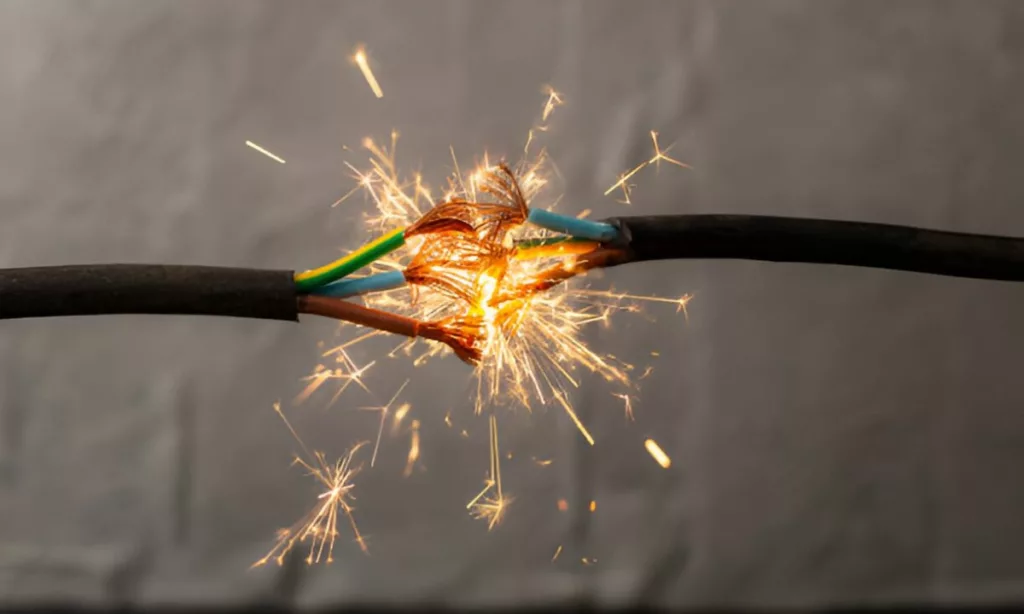
Once the electrical testing has been completed, the contractor will provide an Electrical Installation Condition Report, known as an EICR Certificate Rules. An EICR is an important report that became a legal requirement in July 2020 and became one of the standard requirements for landlords and business owners. It will make structured, precise comments about your electrical installation condition and give a result classified as either satisfactory or unsatisfactory.
Here is how to fill in an EICR Report
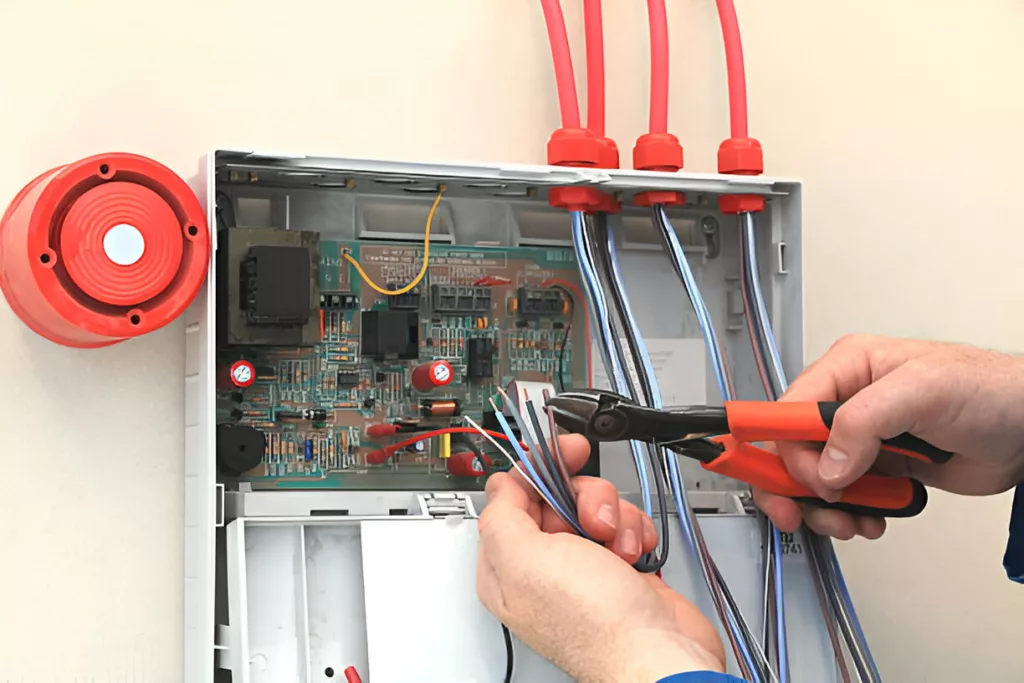
Filling in an EICR Report involves documenting the inspection of a property’s electrical condition. Landlords must record the condition of wiring, circuits, and equipment, ensuring compliance with safety standards. The report highlights any issues and required actions.
Fixed Wire Testing
The fixed wire testing and certification would involve the following:
- There will be a visual inspection of the installation
- There will be an Earth electrode resistance test conducted (if applicable)
- Testing of the CPC and earth bonding
- Ring main continuity test (if applicable)
- Insulation Resistance test
- Polarity test
- RCD test
- There will be an Earth fault loop impedance test conducted
EICR Electrical Testing
Once the fixed wire testing is completed, the full report is issued detailing any failures and their failure code.
- Code C1 “Danger Present”. Risk of injury. Immediate remedial action is required.
- Code C2 “Potentially dangerous”. Urgent remedial action is required.
- Code C3 “Improvement recommended”.
- Code FI “Further investigation required without delay”
Selecting a Qualified Electrician for Your EICR Inspection

Partnering with a qualified electrician is important for a proper and accurate evaluation of the electrical installation in a home. Use the following factors when selecting the most appropriate professional for your EICR inspections:
Certification
An electrician’s certificate has to come from a competent individual under an overseeing body, such as the National Inspection Council for Electrical Installation Contracting (NICEIC), the Electrical Contractors Association (ECA), or another regulatory or commercial party. Being certified would prove that the individual is competent enough to apply the set standards when operating within the said profession.
Experience
Try finding an electrician who has experience conducting a considerable number of EICR surveys for properties. The electricians should be experienced and should have conducted a large number of EICR surveys for residential properties in London. This would help them provide a suitable and accurate kind of report based on the house’s needs.
Reputation
Go through online reviews or, even better, ask for personal references for a person-to-person status check of the electrician you are considering, regarding how professional, reliable, and reasonably priced his services are.
Conclusion
There is no denying that regular EICR is exceedingly crucial for both the safety and compliance of your home’s electrical system. As a London landlord, you would be leaving yourself in safe hands by using a trusted and well-established service provider like All Landlord Certificates LTD, who are second to none in providing top-of-the-line expertise and professionalism in EICR inspections.
Do not take any chances over the safety of your home; instead, have a little peace of mind as this London team of electricians at All Landlord Certificates LTD, with 24-hour electrical support, offers a complete EICR assessment.
From booking an Electrical Installation Condition Report in London to discussing residential electrical needs, All Landlord Certificates LTD. is here to assist you in keeping your home safe, compliant, and energy-efficient.
Read More: Wondering about EICR compliance in London?
